Waves: An Exploration of Types, Calculations, Speed and Differences
Introduction
- Waves are fundamental to our understanding of Energy Transfer.
- Waves are nature’s way of moving energy without moving matter.
Real life Example:
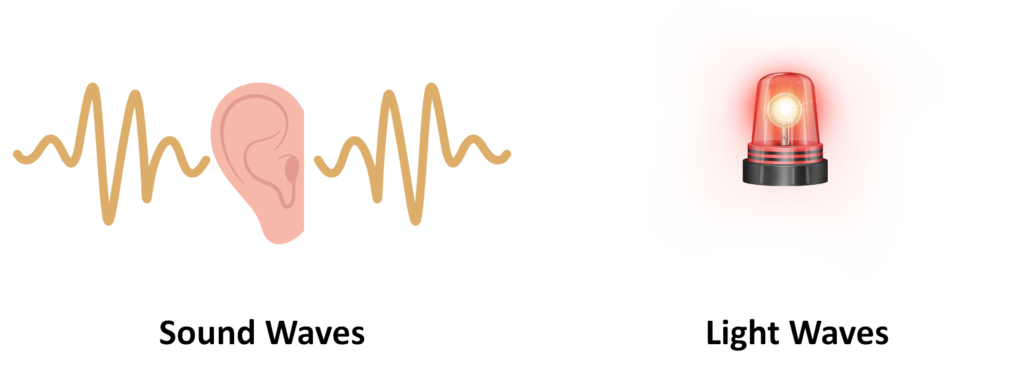
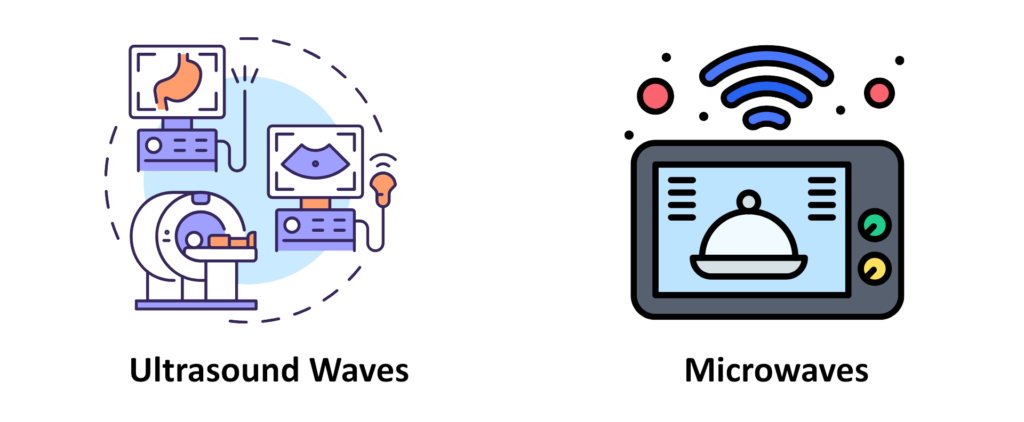
What are Waves?
- Waves are a means of transferring energy from one place to another without the actual transfer of matter.
- It is a fundamental concept in physics that applies to various types of waves, such as light wave and sound wave.
- There is a transfer of energy from a source to your senses.

Types of Waves:
- There are mainly two big categories of waves:

Mechanical Waves: (Required Medium like air, water etc.)
- Transverse Waves
- Longitudinal Waves
Electromagnetic Waves: (Do not Required Medium)
- Radio Waves
- Microwaves
- Infrared Waves
- Ultraviolet (UV) Rays
- X-Rays
What are the Components and Properties of Waves?
- To understand wave better, it’s essential to know their key components and properties.
Amplitude:
- The amplitude of a wave is the maximum displacement from the equilibrium position.
- It’s the height of a wave from its resting point.
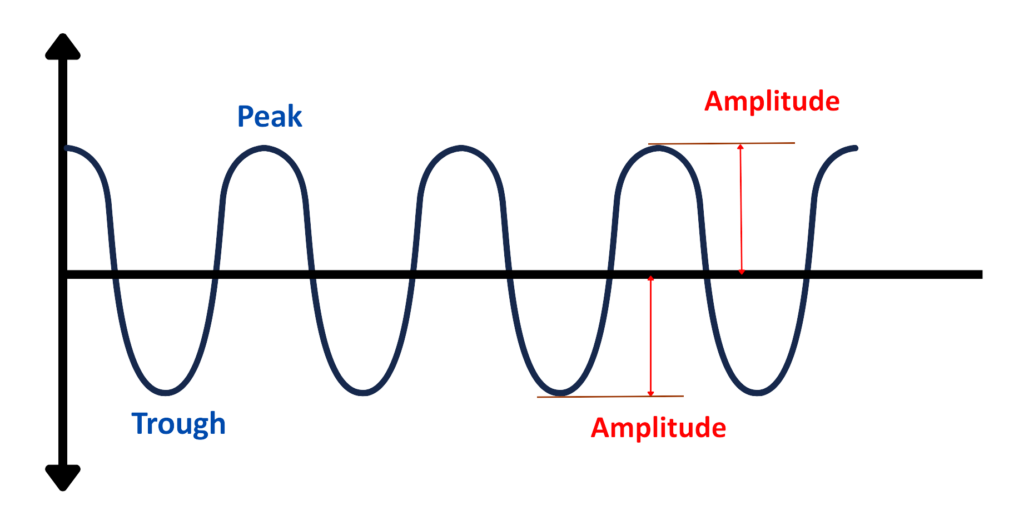
Frequency:
- Frequency is the number of complete oscillations or cycles a wave completes per unit of time, typically measured in Hertz (Hz), which represents cycles per second.
- A higher frequency means more oscillations in a given time period.
- The frequency of a wave can be calculated using the equation:
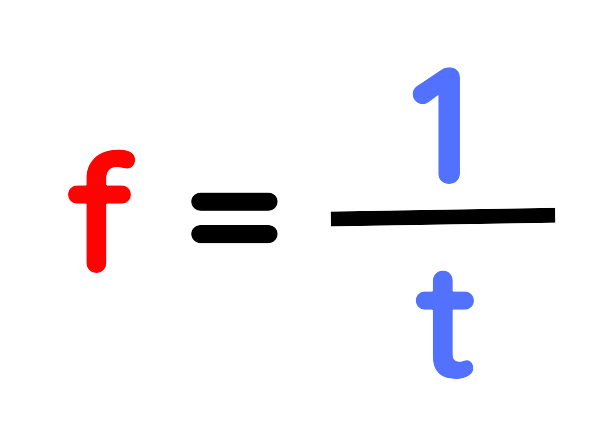
Wave Speed:
- Wave speed is a fundamental property that indicates how fast a wave travels.
- It’s calculated by multiplying the wavelength by the frequency:

Where,
- v = It is the wave speed in meters per second (m/s).
- λ = It is the wavelength in meters (m).
- f = It is the frequency in Hertz.
Wavelength:
- Wavelength is the distance between two successive points in a wave that are in phase, typically measured from crest to crest or trough to trough.
- It represents the length of one complete oscillation in the wave.
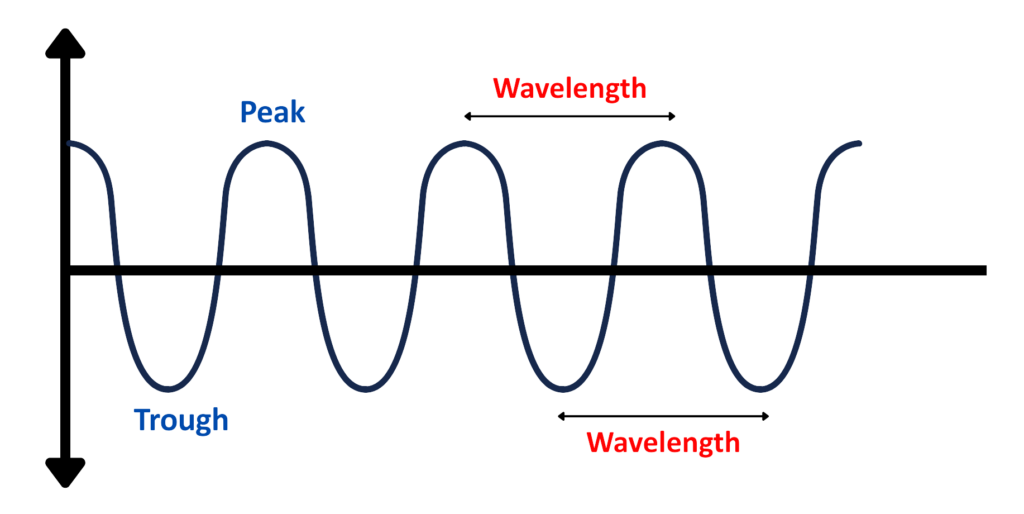
Time Period:
- The Time Period of a wave is the time it takes to complete one full oscillation or one wavelength, measured in seconds.
- It can be Calculated as,
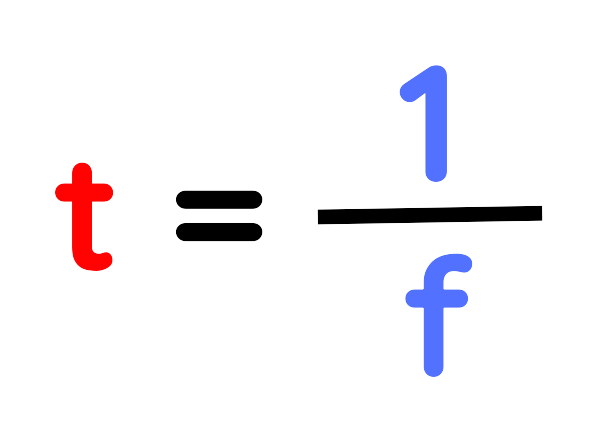
Distinguishing Between Transverse and Longitudinal Waves
- Waves are classified into two main types:
Transverse waves:
- In Transverse wave, the oscillations occur perpendicular (at right angles) to the direction of energy transfer.
- Picture a wave travelling horizontally from left to right.
- The particles involved in the wave move vertically, oscillating up and down.
- One common example of a transverse wave is a light wave.
Real life Example:
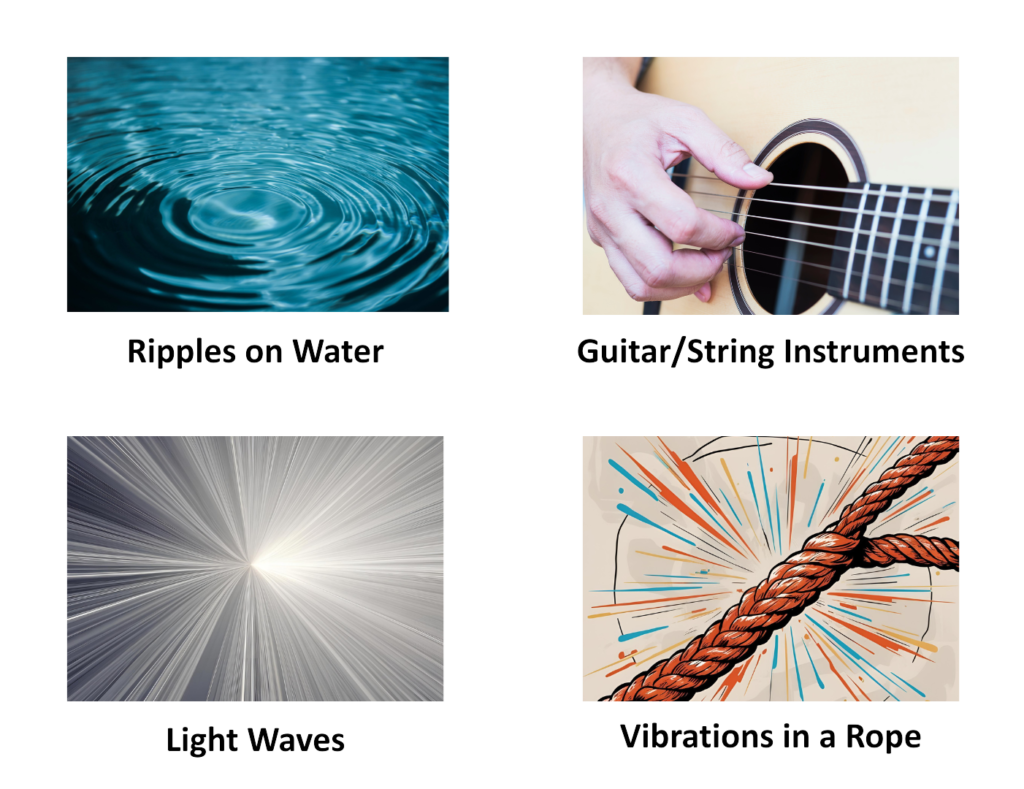
Longitudinal Waves:
- Longitudinal wave have oscillations parallel to the direction of energy transfer.
- Imagine a slinky toy being stretched and compressed horizontally.
- As the wave moves, the coils of the slinky move back and forth in the same direction as the wave itself.
- A classic example of a longitudinal wave is a sound wave.
- When you hear a sound, it’s the result of air particles compressing and expanding as the wave of energy passes through.
Real life Example:
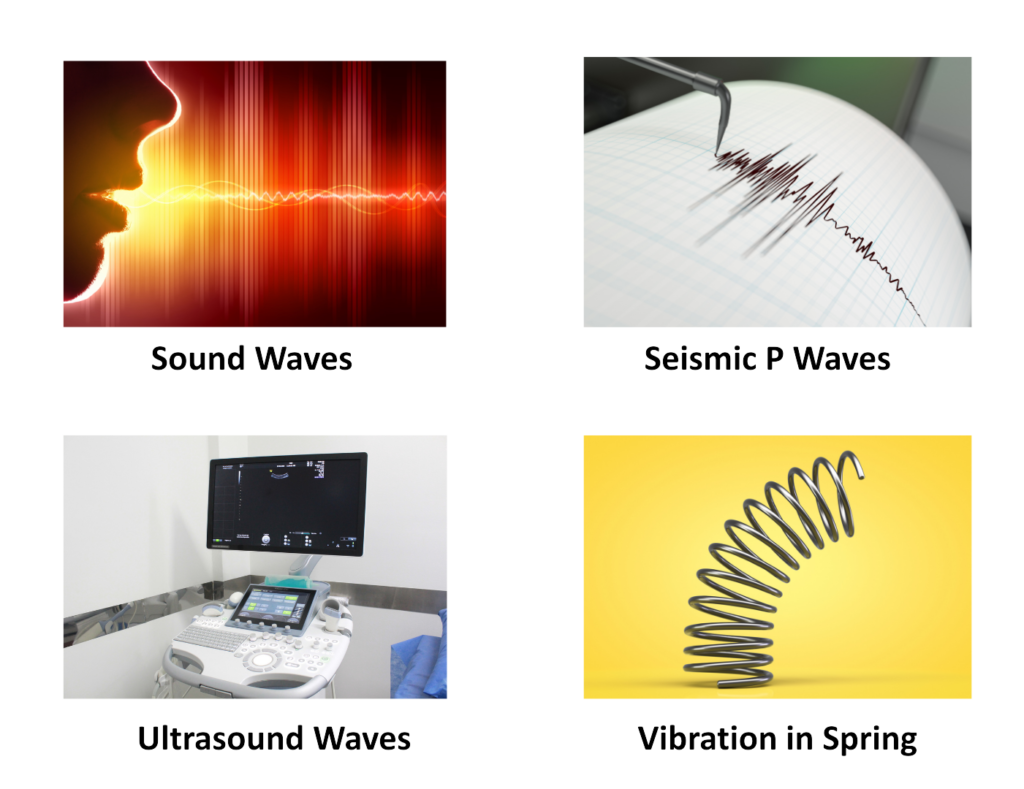
How to Calculate Wave Speed?
- Calculating Wave Speed is a fundamental concept in understanding how wave behave and interact with their surroundings.
- It can be Calculated as:

Where,
- Wave Speed (v) = This is what we want to find, measured in meters per second (m/s).
- Wavelength (λ) = Measure the length of one complete oscillation, typically in meters (m).
- Frequency (f) = Determine how many complete oscillations occur per second, measured in Hertz (Hz).
 Solved Example
Solved Example
Problem: A sound wave has a frequency of 500 Hz and a wavelength of 0.68 m. Calculate its speed.
Solution:
Step #1: Given:
- Frequency (f) = 500 Hz
- Wavelength (λ) = 0.68 m
Step #2: Applying the formula:

The wave speed is 340 m/s
Final Answer: 340 m/s
 Solved Example
Solved Example
Problem: A sound wave in water has a wavelength of 2.5 meters and travels at 1500 m/s. What is its frequency?
Solution:
Step #1: Given:
- Wave Speed (V) = 1500 m/s
- Wavelength (λ) = 2.5 m
Step #2: Applying the formula:
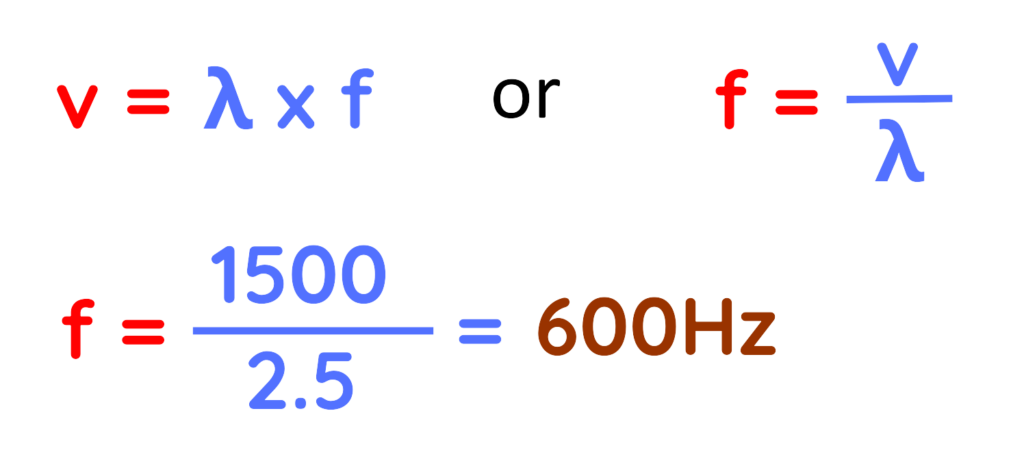
The Frequency is 600 Hz.
Final Answer: 600 Hz
 Solved Example
Solved Example
Problem: A radio station transmits at 105.3 MHz. If the speed of radio waves (a type of EM wave) is 3 × 108 m/s3, what is the wavelength?
Solution:
Step #1: Given:
- Frequency (f) = 105.3MHz = 105.3 × 106Hz
- Wave Speed (v) = 3 × 108 m/s3
Step #2: Applying the formula:

The wavelength is 2.85 meters.
Final Answer: 2.85 meters

